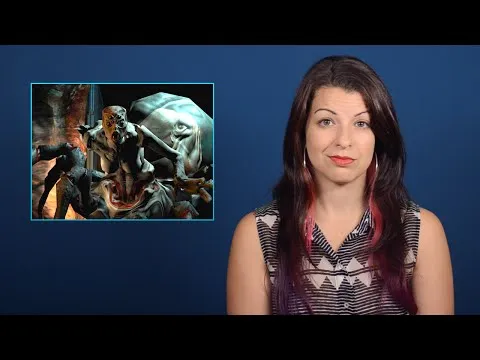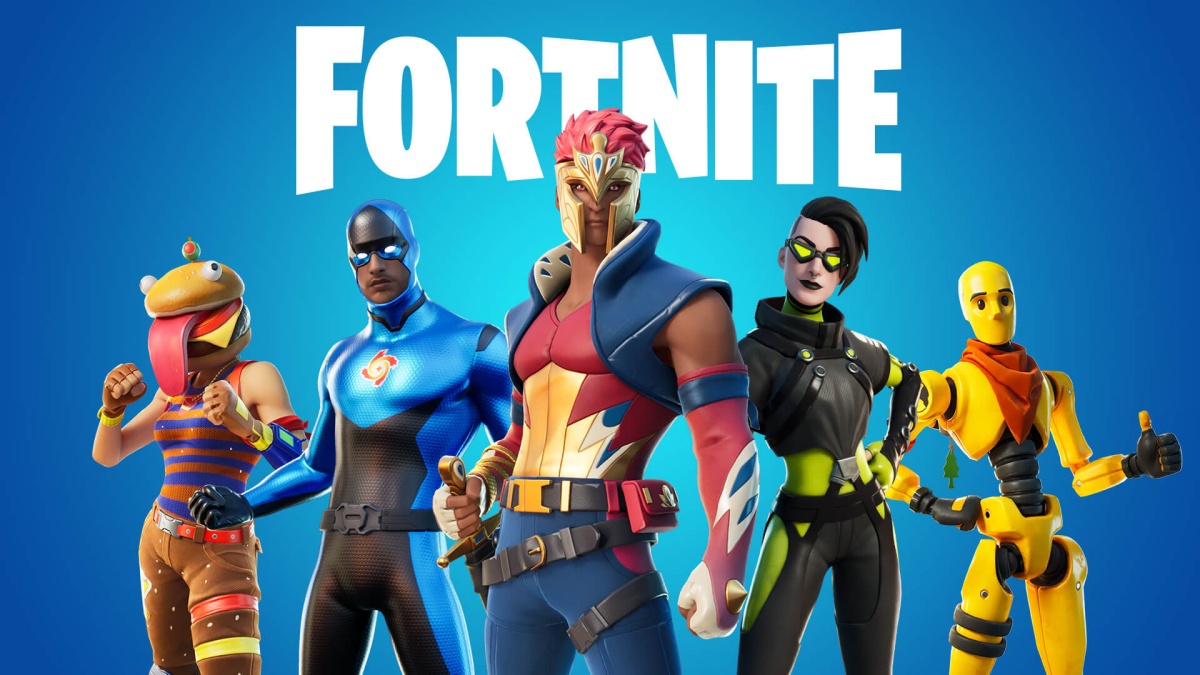Feminist Frequency has added a new video to their Tropes vs Women series. This one, titled “Sinister Seductress,” explores the ways in which games seek to exploit femaleness to convey evil or villainy. In each of the examples provided, women are shown to be villains not necessarily through their actions or other non-gendered means, but rather through their being women. These practices serve to further the idea that women are inherently evil simply because they are women.
Their first, prime example is in Doom 3, where one of the new monsters was a demon with the top half of a nude woman and the bottom half of a spider. She also just so happened to be pregnant with a demonic fetus because, you know, that’s just how demons work I guess? Looking at that example, not only is the topless female half an image designed to titillate and excite the player, but its combination with the spider half carries with it connotations that women are dangerous. The perversion of pregnancy serves to reinforce the falsehood that pregnancy is a dark, evil, even demonic thing.
While it’s true that not only women can be pregnant (as trans men and folks all along the gender spectrum can, too), the idea that women and the things they do or carry are evil is still reinforced.
The video establishes a strong link to classic mythology, wherein women are often shown to be deceptive or otherwise harmful to men. Greek mythology is especially guilty of reinforcing such notions, the foremost example of which being the myth of Pandora, the first woman created by Zeus. She’s created to serve as counterpart to man, and she’s given a box that she is instructed to never open. She does, however, exposing man to all manner of terrible things. Sounds familiar to another creation myth, doesn’t it?
The countless examples throughout gaming can’t all be summed up in this 11 minute video. But the games they go through here are great examples of how femaleness and femininity are exploited, thus pushing this “othering” to which women are so often subjected.
And because I know some of you are going to comment before watching the whole video: yes, there are plenty of examples of physically gross, repulsive male villains throughout gaming and other media, but the nature of their villainy or repulsiveness isn’t based in their gender, not nearly as much as women. There is an inequality, and a very clear prejudice towards writing female villains with this trope in mind.
The video also shows a few examples of properly written female villains whose evil nature stems not from their femaleness but rather just from them being plain ol’ villains. Those examples include Kreia from Knights of the Old Republic 2, GLaDOS from Portal/Portal 2, and even Carmen Sandiego.
By making these tropes clear and bringing them to the light, one hopes that designers and writers can be made more aware of the tropes they buy into, be it consciously or unconsciously. There are many ways to make a villain; their gender does not have to be one of those ways.
(featured image via screencap)
Want more stories like this? Become a subscriber and support the site!
—The Mary Sue has a strict comment policy that forbids, but is not limited to, personal insults toward anyone, hate speech, and trolling.—
Follow The Mary Sue on Twitter, Facebook, Tumblr, Pinterest, & Google+.









Published: Sep 28, 2016 01:01 pm